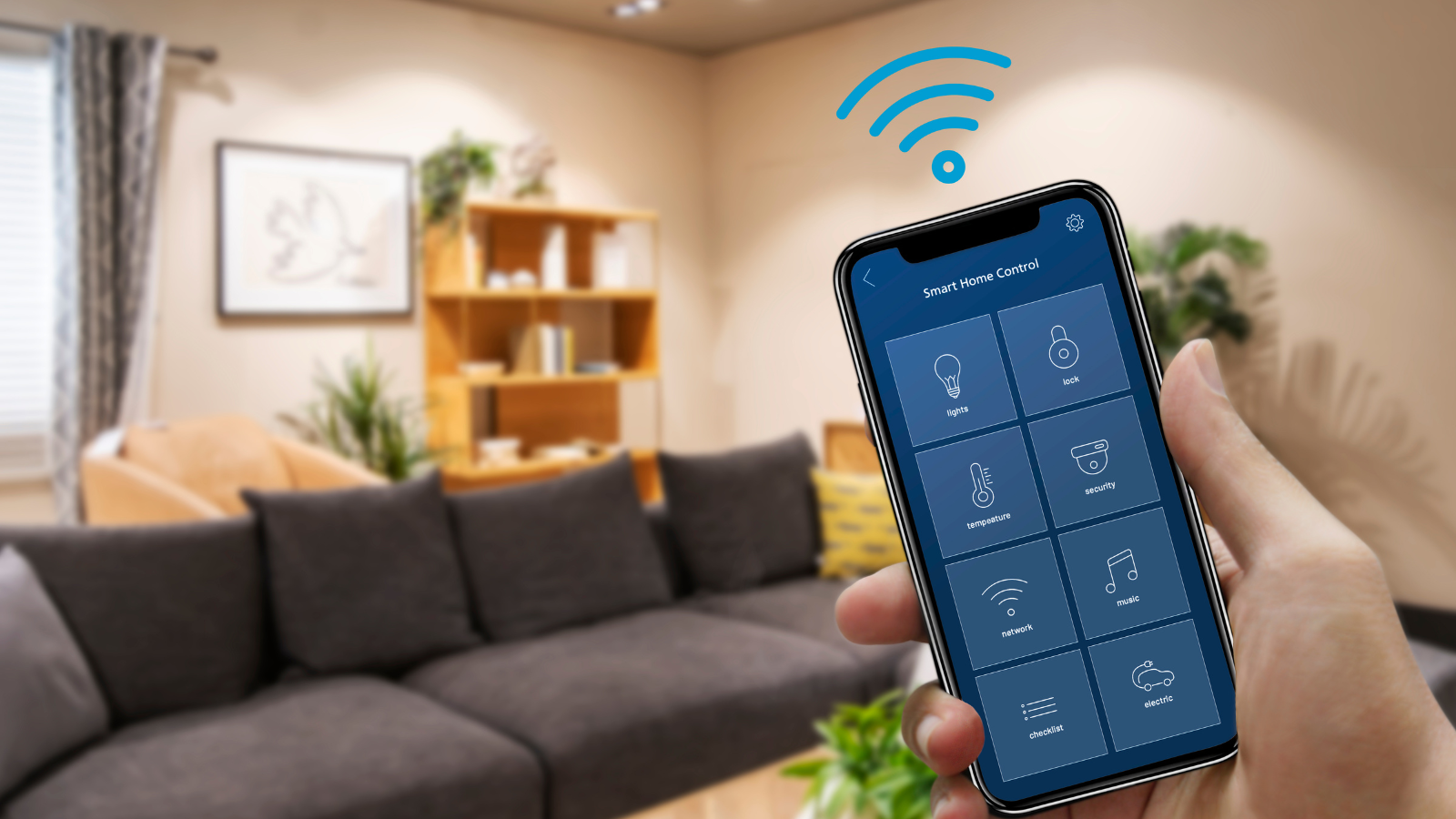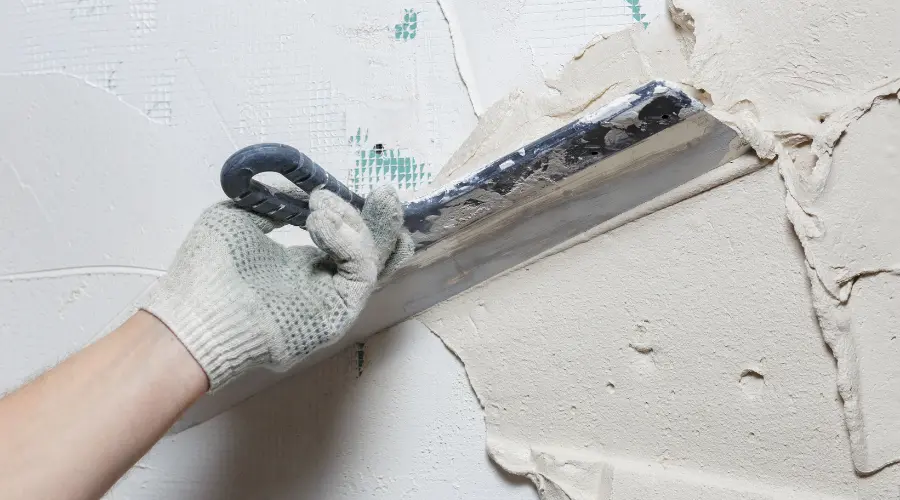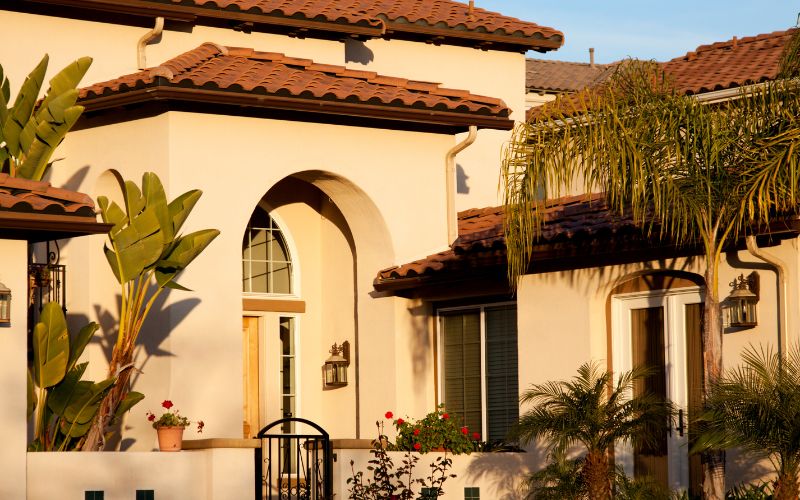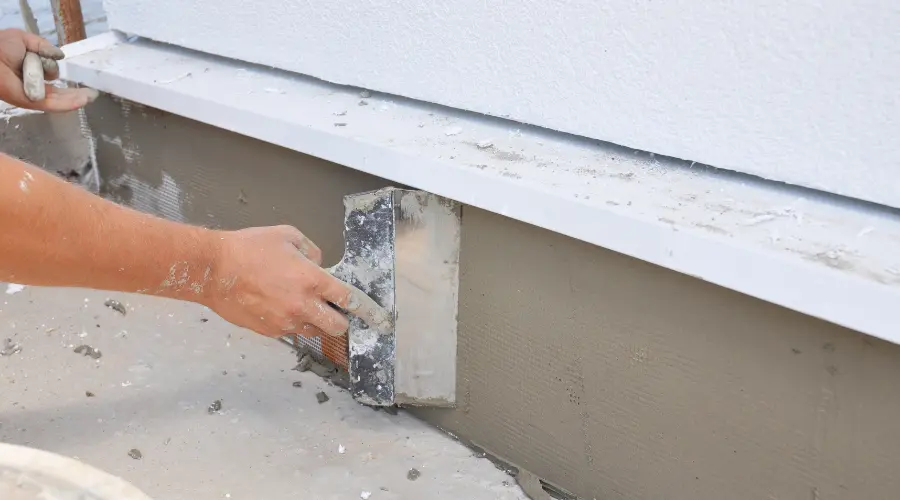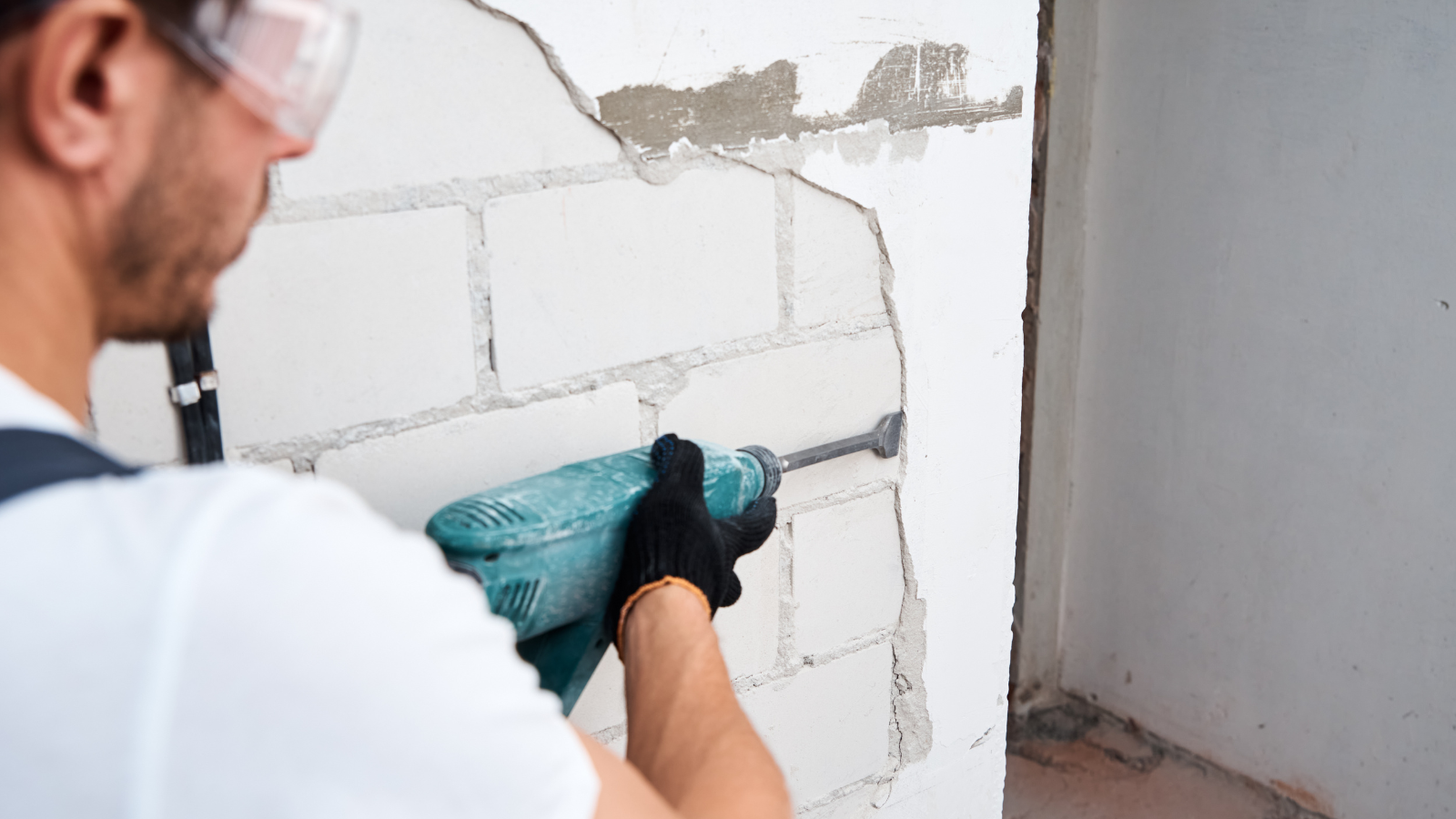Popular Smart Technologies for Modern Homes
Imagine a home that adapts to your lifestyle, saves energy, and keeps you connected. That’s the promise of smart home technology. Let’s dive into the exciting world of smart homes and explore how they can elevate your living experience.
Popular Smart Technologies
- Smart Lighting: Control your lights with a simple voice command or a tap on your phone. Set schedules, adjust brightness, and even sync with your favorite music.
- Smart Thermostats: Save energy and optimize comfort with smart thermostats that learn your habits and adjust the temperature accordingly.
- Smart Security Systems: Protect your home with advanced security systems featuring video doorbells, security cameras, and smart locks.
- Smart Appliances: From smart refrigerators that track your groceries to smart ovens that preheat remotely, smart appliances make your life easier.
- Voice Assistants: Control your smart home with voice commands. Ask your voice assistant to play music, set reminders, or adjust the lights.
A Greener Future
Smart homes aren’t just about convenience; they’re also about sustainability. By automating tasks and optimizing energy usage, smart homes help reduce your carbon footprint:
- Energy Efficiency: Smart thermostats and lighting can significantly reduce energy consumption.
- Water Conservation: Smart irrigation systems use water efficiently, keeping your garden healthy without wasting precious water.
- Reduced Waste: Smart appliances can help you reduce food waste by tracking expiration dates and suggesting recipes.
A Glimpse into the Future
The future of smart homes is even more exciting:
- AI-Powered Homes: AI will make your home even smarter, learning your habits and preferences to anticipate your needs.
- Interconnected Ecosystems: Devices from different brands will work together seamlessly, creating a truly integrated smart home experience.
- Health and Wellness: Smart homes will monitor your health and well-being, helping you live a healthier life.
- Sustainable Innovations: Smart homes will continue to evolve to be more energy-efficient and environmentally friendly.
Upgrade Your Home with CMB Edison Stucco & EIFS Repair
Looking to improve your home’s energy efficiency and curb appeal? CMB Edison Stucco & EIFS Repair offers a range of services to enhance your home, including:
- Insulated Stucco Systems: Improve your home’s energy efficiency with our advanced insulation techniques.
- Trendy Stucco Finishes: Elevate your home’s aesthetics with our stylish stucco finishes.
Call CMB Edison Stucco & EIFS Repair today for services that can enhance your home’s energy efficiency with insulated stucco systems and explore trendy stucco finishes that can elevate your home’s aesthetics.

